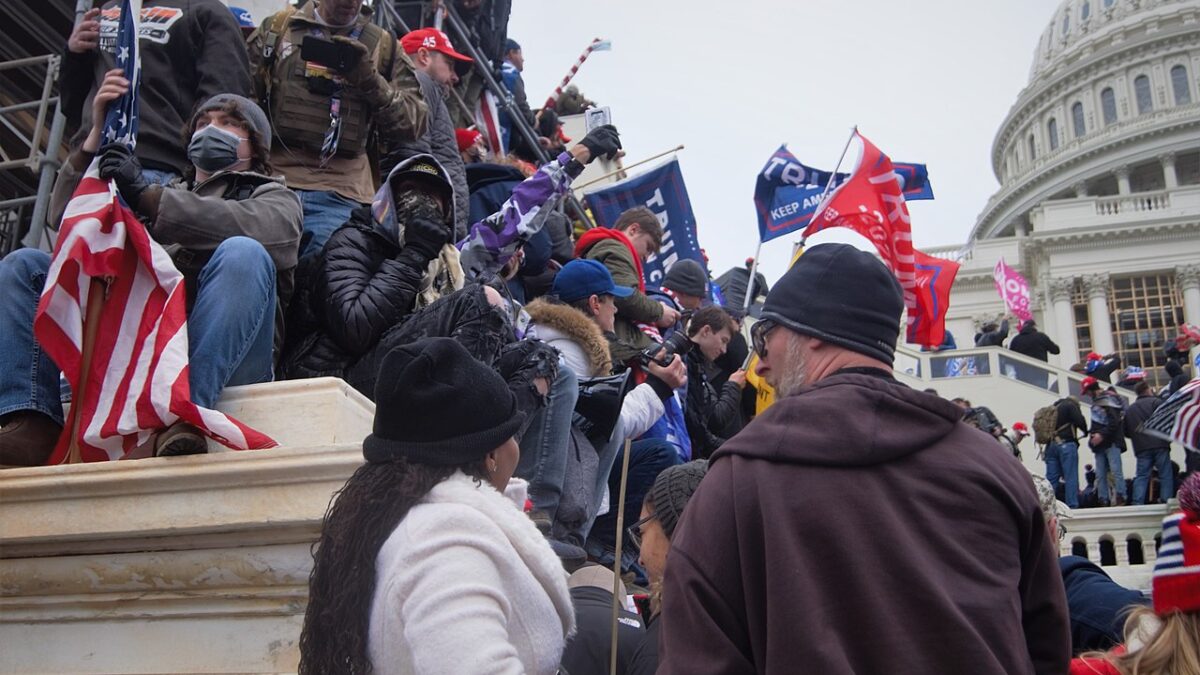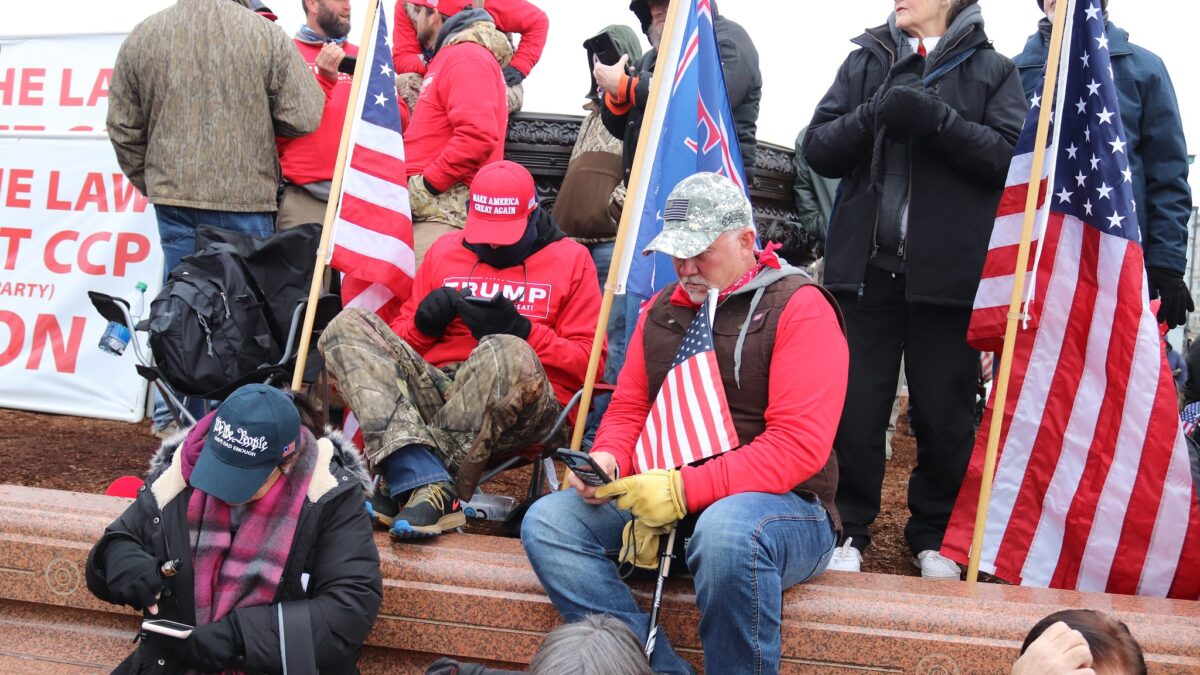
Monday, the Supreme Court refused to hear an appeal from the Eleventh Circuit Court of Appeals on whether sexual orientation discrimination is illegal under Title VII.
In a 2-1 decision, the appellate court held in Evans v. Georgia Regional Hospital that the plaintiff, Jameka Evans, a former security guard for the defendant hospital, could not sue her former employer for sexual orientation discrimination because “sex” as used in the federal civil rights law does not mean sexual orientation.
Here are seven quick take-aways from the case and the Supreme Court’s denial of review.
1. We Don’t Know the Facts Yet
Initially, it is important to recognize that the district court and appellate court dismissed Evans’ case early on, before any evidence was presented, and that in answering the legal question of whether sexual orientation discrimination is illegal under federal employment discrimination law, the courts assumed Evans’ allegations were true.
Thus, while Evans claims her employer discriminated against her and harassed her because of her sexual orientation, that may not be the case.
2. The Eleventh Circuit Already Decided the Issue—In 1979
Another preliminary, but significant, point: The appellate court rejected Evans’ claim of sexual orientation discrimination based solely on circuit precedent. The two-judge majority did not analyze the issue anew, but instead concluded “[o]ur binding precedent forecloses such an action,” based on the Eleventh Circuit’s “prior precedent rule.”
That rule requires the presiding panels (which consists of three judges) to follow prior circuit precedent “unless and until it is overruled by this court en banc or by the Supreme Court.” (En banc review occurs when all active judges—there are 12 in the Eleventh Circuit—decide a case as a whole.) In this case, the Eleventh Circuit refused to consider the issue en banc, leaving the panel bound by the circuit’s prior holding in the 1979 decision of Blum v. Gulf Oil Corp., that “[d]ischarge for homosexuality is not prohibited by Title VII . . . .”
3. There Is a Split in the Circuits
In denying Evans’ petition for review, the Supreme Court let stand a disagreement between the federal circuit courts concerning the proper interpretation of Title VII. Until recently, every federal circuit court to have considered the question held that sexual orientation is not a protected class under Title VII.
However, earlier this year, while sitting en banc, the Seventh Circuit held in Hively v. Ivy Tech Community College that Title VII prohibits discrimination based on sexual orientation. The meaning of federal law, thus, varies depending on where the parties live, with those suing in the federal courts of Wisconsin, Illinois, or Indiana benefitting by the controlling Seventh Circuit precedent. Only the Supreme Court can resolve this circuit split.
4. This Case Was a Poor Vehicle for Supreme Court Review
While refusing to hear Evans’ appeal left the lower courts in conflict, the Supreme Court’s decision makes sense for several reasons. First, Evans filed her complaint pro se—meaning she did not have an attorney—leaving her allegations far from ideal.
Also, as Amy Howe explained at SCOTUSBlog.com, “a procedural quirk in the case may have contributed to the decision to deny certiorari: The hospital where Evans worked (as well as the individual employees named in the lawsuit) told the justices that it had not participated in the case in the lower courts and would not do so in the Supreme Court even if review were granted.”
Further, the Eleventh Circuit’s decision lacked any analysis of the legal issue, with the judges instead concluding they were bound by the circuit’s 1979 Blum decision. Also, because the Evans decision pre-dated the Seventh Circuit’s contrary holding, there was no opportunity for the court to address the circuit split.
Additionally, one of the judges on the panel in Evans was a federal trial court judge—not an appellate judge—who sat by “designation,” which merely means by invitation of the appellate court. Finally, while the Eleventh Circuit held Evans could not sue for sexual orientation discrimination under Title VII, the court ruled she could sue for discrimination based on “gender nonconformity,” and sent the case back to the lower court to allow her the opportunity to allege facts under that theory. These complications gave the Supreme Court cause to deny review in Evans’ case.
5. The Supreme Court Will Resolve This Issue, Likely Soon
The Supreme Court, however, will need to eventually resolve the circuit split and it’s likely to have that opportunity soon. The Second Circuit Court of Appeals heard oral argument, en banc, in Zarda v. Altitude Express, Inc., on September 26, 2017, to consider whether to overrule its prior precedent and hold that Title VII forbids discrimination based on sexual orientation.
With a second appellate court considering the issue en banc, and without the vagrancies involved in Evans, review by the Supreme Court of the Zarda case is likely—should the losing party seek review. Ivy Tech, the defendant in the Hively case, did not seek review by the Supreme Court of the Seventh Circuit’s holding that sexual orientation discrimination is actionable under Title VII.
6. Here’s the Issue for the Supreme Court
When the issue reaches the Supreme Court, the main question facing the justices will be how to interpret its prior precedent in Price Waterhouse v. Hopkins. In that case, the accounting giant had rejected Anne Hopkins for partnership. Hopkins sued under Title VII for sex discrimination, claiming she lost the promotion because she did not dress and act as the firm believed a woman should. A four-justice plurality of the Supreme Court held that Hopkins could sue, concluding a plaintiff may prove illegal sex discrimination based on sex-stereotyping.
Since Price Waterhouse, the lower courts have equated “sex stereotyping” with sex discrimination, which explains the Eleventh Circuit’s decision that Evans could sue for “gender nonconformity.” The majority in the Hively case used the same rationale to hold that sexual orientation discrimination is illegal—that it is based on a sex stereotype of whom an individual should be attracted to.
But as the dissent in Hively stressed, the Supreme Court did not hold sex stereotyping was itself illegal, but merely held it could establish sex discrimination. The Supreme Court’s first chore will be to make sense of its prior precedent.
7. The Government Can’t Agree
One final interesting tidbit: In arguing for certiorari, Evans stressed the importance of this case, in part, because of the conflicting positions the government has taken. The Equal Employment Opportunity Commission maintains that sexual orientation discrimination is illegal under Title VII, while the Department of Justice argues “sex discrimination” does not include discrimination on the basis of sexual orientation.
But whether the Supreme Court should defer to an administrative agency, in any event, is another weighty issue—Chevron deference—for another day.









